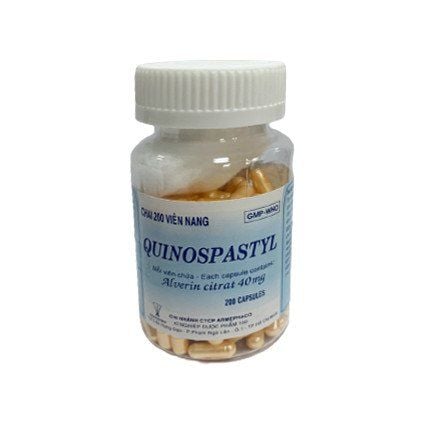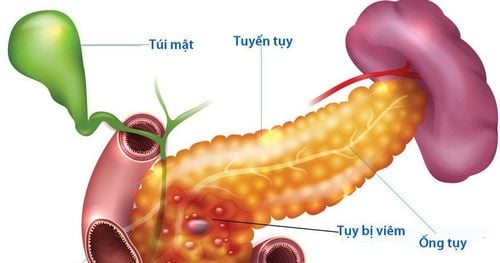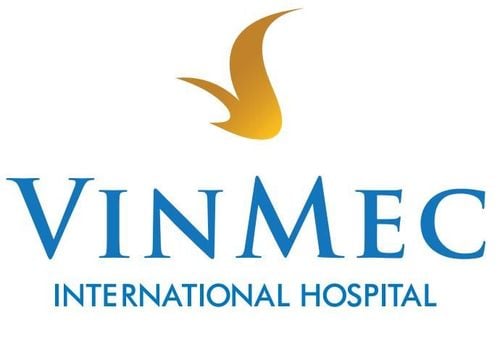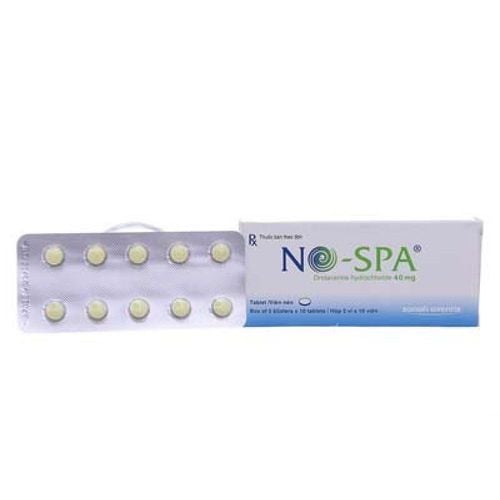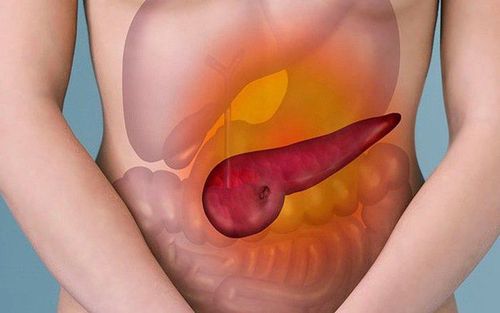This is an automatically translated article.
The article was professionally consulted by Specialist Doctor I Dong Xuan Ha - Gastroenterologist - Department of Medical Examination and Internal Medicine - Vinmec Ha Long International General Hospital. With 14 years of experience in the field of Endoscopy - Gastroenterology, Doctor Dong Xuan Ha has proficiently performed diagnostic gastrointestinal endoscopy techniques, emergency interventions and therapeutic interventions.Gallstone cholestasis is a common disease with many serious complications and high mortality rate. Therefore, timely diagnosis will make treatment easier.
1. Diagnosis of biliary obstruction due to stones
1.1 Based on clinical symptoms Abdominal pain: Usually pain in the liver (side and lower right flank), or sometimes pain in the right epigastrium or back. The pain can sometimes be very intense when the gallstone moves, sometimes a dull pain or a feeling of pressure in the right lower quadrant. Fever: The common symptom is a high fever of 38-39oC with chills. Jaundice: Jaundice, depending on the time, sometimes occurs in waves from 1 to 2 weeks, but after a while reappears Dark urine: This is a sign that appears after jaundice, The color of the urine may be dark red or like water or tea. Discoloration of stools: this is a typical symptom of biliary obstruction due to sigmoidoscopy, when the stools may be as white as stork feces. Itching: This is a symptom of a bile salt allergy. 1.2 Based on clinical examination Will be diagnosed based on the following indicators:Increased white blood cell count, increased neutrophil percentage. Blood bilirubin increased, alkaline phosphatase increased. Blood urea increased, urine contained bile pigments and bile salts. Unprepared abdominal radiographs may detect gallstones (Bile pigment stones, mixed or Carbonta calcium)). Percutaneous cholangiography helps to assess biliary tract, location and nature of stones. Duodenoscopy retrograde cholangiography shows the biliary tree and pancreatic duct, which can locate stones. Ultrasound: is a popular, valuable, non-hazardous and easy-to-apply method. Ultrasound helps to determine biliary tract size, location, size and number of stones. The accuracy rate of this method: 80-95%. MRCP (Magnetic Resonance Cholangiopancreatography - Magnetic Resonance Cholangiopancreatography): High sensitivity and specificity, currently the method is preferred but not popular because of the equipment. Intraoperative cholangiography and cholangiolithography to assess the location and size of stones, limiting stone retention.
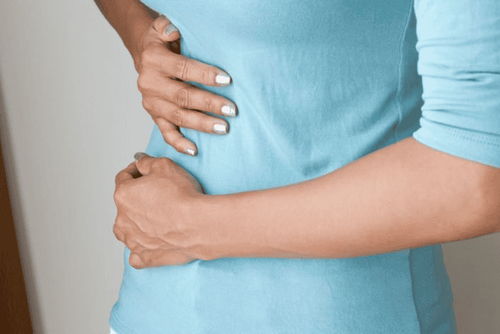
2. Treatment of biliary obstruction due to stones
2.1 For the condition of gallbladder stones In this situation, the treatment of biliary obstruction will be based on the size of the stone and the age of the stone, including:When the gallbladder stone is over 1cm but there are no symptoms This case can no treatment needed. Because in fact, people with stones have lived for many years without any symptoms. Usually complications of this stone are usually mild
Women of childbearing age Women of childbearing age have gallstones. Gallbladder should be surgically treated proactively before pregnancy to prevent gallbladder inflammation in the right period of pregnancy, which will make the treatment very complicated, especially if cholecystectomy is required. this period.
Small sized stones range from 2-3mm Small stones 2-3mm are more dangerous than large stones 1-2cm because they can cause very serious complications even death is acute necrotizing pancreatitis because stones can enter the pancreatic duct cause acute obstruction.
Therefore, when the patient discovers that there are small gallstones of 2-3mm, they should actively consult a surgical hospital to request surgery even though the stones have not caused any symptoms.
Stones cause symptoms of pain, fever intermittently At this time, it should be treated with surgery.
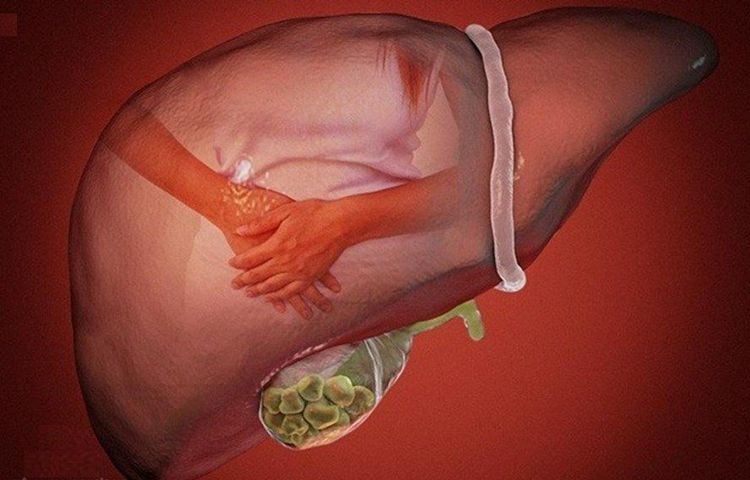
Treatment of "stone-dissolving" drugs as advertised by many drug companies has very limited effects, mainly in the prevention of stone formation in high-risk people: gastric bypass to reduce fat. ..
Therefore the best way is surgery. Currently, there are two methods used to treat gallstones:
One is cholecystectomy with gallstones. This surgery does not have much to do with digestive problems. But in half of patients after surgery, there may be mild symptoms such as loose stools, bloating, or abdominal distension. These discomforts will usually subside on their own. Patients who have had their cholecystectomy do not need to worry about the return of gallstones.
Two is a treatment that removes gallstones but keeps the gallbladder – The patient will take medicine to dissolve the gallstones. This method can work, but it takes time – months to years. Patients with severe symptoms do not want to wait too long to feel less uncomfortable. In addition, the stones may recur after treatment.
2.2 With biliary obstruction due to stones in other sites
Depending on the location of the stone blockage, there are different treatment options. Endoscopic retrograde cholangiopancreatography (ERCP) removal of common bile duct stones, now with many advances can also remove intrahepatic bile duct stones. Percutaneous lithotripsy, surgery: Treatment of gallstones in the liver. Currently, Vinmec has applied the biliary tract surgery method to treat gallstones with a success rate of over 98%.The technique is applied to the following patients:
Common bile duct stones, hepatic duct stones, Vater tumors, pancreatic head, Biliary stents, nasal bile ducts
Please dial HOTLINE for more information or register for an appointment HERE. Download MyVinmec app to make appointments faster and to manage your bookings easily.





